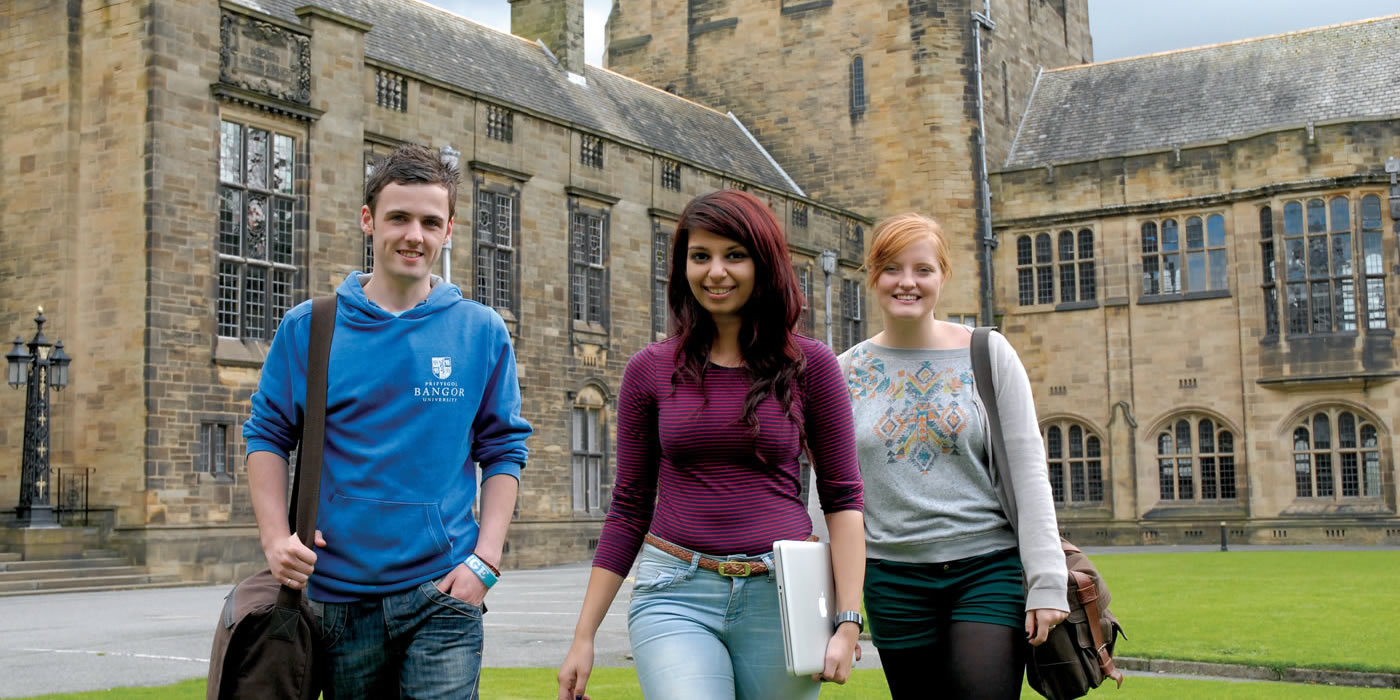Gap analysis of social science resources for conservation practice
Allbwn ymchwil: Cyfraniad at gyfnodolyn › Erthygl › adolygiad gan gymheiriaid
Fersiynau electronig
Dangosydd eitem ddigidol (DOI)
Conservation is an inherently social process—people collectively endeavor to enact conservation. Yet, in conservation social science, research methodologies, training, and competency are less common than in natural sciences. Globally, formal education and training in the social sciences are often unavailable or inaccessible to conservation practitioners, and nonformal education may help fill this gap. To identify potential opportunities, we implemented a global survey of practitioners to identify their knowledge gaps and social science training needs and conducted a gap analysis of available social science training resources. We compiled 449 resources, including 266 English-language and 183 non-English-languages resources into an open-access online database hosted by the Conservation Social Science Partnership. Resources were categorized as communication, data collection, ethics and human rights, intervention, impact evaluation, or analysis. Most resources were open access (90%) and half were specific to conservation practice. Survey responses (n = 90) revealed demand for help with data analyses, research ethics, and human rights considerations. We found a need for organization leaders to prioritize social sciences in conservation, greater diversity of accessible training resources in alternate mediums and languages, resources tailored to conservation contexts, and additional ethics and human rights and data analysis resources.
Allweddeiriau
| Iaith wreiddiol | Saesneg |
|---|---|
| Rhif yr erthygl | e14463 |
| Cyfnodolyn | Conservation Biology |
| Cyfrol | 39 |
| Rhif y cyfnodolyn | 2 |
| Dynodwyr Gwrthrych Digidol (DOIs) | |
| Statws | Cyhoeddwyd - 1 Ebr 2025 |

